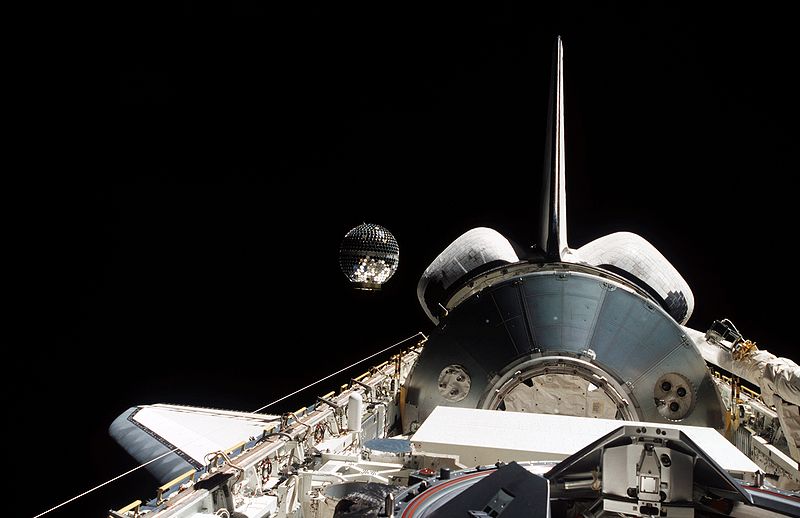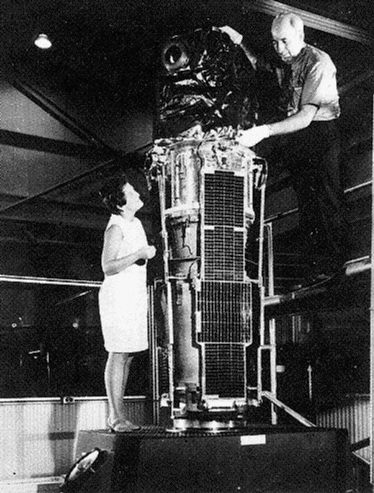Fifteen years ago today — January 12, 1997 — the Space Shuttle Atlantis launched from the Kennedy Space Center to dock with the Mir (“peace”) space station.

(Shuttle Atlantis rolling out to the pad from the VAB [December 1996]. NASA image.)
Mission STS-81 astronauts Michael A. Baker, Brent W. Jett, Jr., John M. Grunsfeld, Marsha S. Ivins, Peter J. K. Wisoff, and Jerry M. Linenger docked with the Russian station; Linenger stayed behind, while Atlantis brought home astronaut John Blaha after his 4-month stay.
On a belated space history note, 45 years ago yesterday — January 11, 1967 — the Intelsat II F-2 communications satellite launched from Cape Canaveral on a Delta rocket. It was positioned over the Pacific as the first fully-operational Intelsat II platform.
F-2 was the first Intelsat II satellite over the Pacific because its predecessor, F-1, did not reach its intended orbit. F-1’s “apogee engine thrust terminated approximately 4 seconds after ignition,” stranding the spacecraft in the wrong orbit.
Interestingly, an apogee engine malfunction nearly caused the loss of the USAF’s Advanced Extreme High Frequency (AEHF) satellite after its launch in July 2010. AEHF operators and engineers figured out an innovative orbit-raising sequence that rescued the spacecraft and put it in the proper operating position last October. Well done!

















